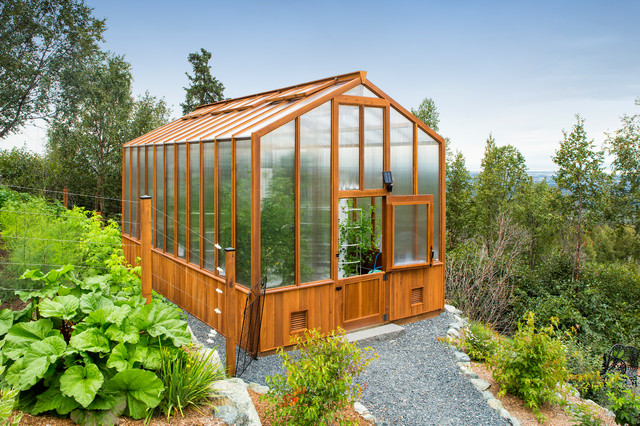
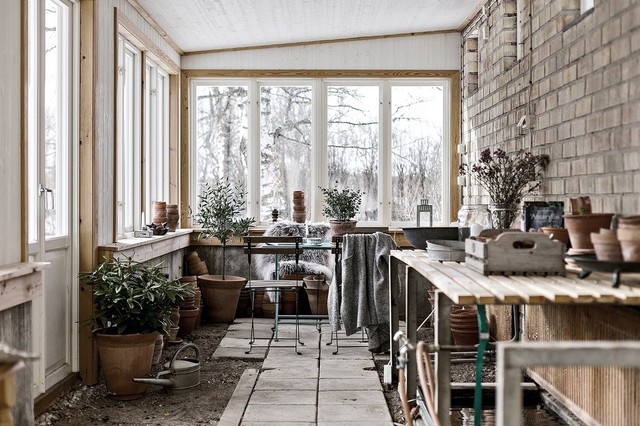
Add a mix of larger sizes as well, so you can transplant seedlings as needed and continue to add plants to your collection. A few larger pots will let you use your greenhouse to protect tender plants that may get large but won’t do as well outside.
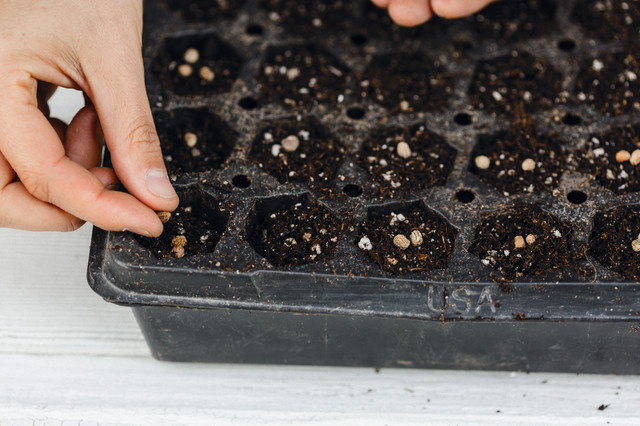

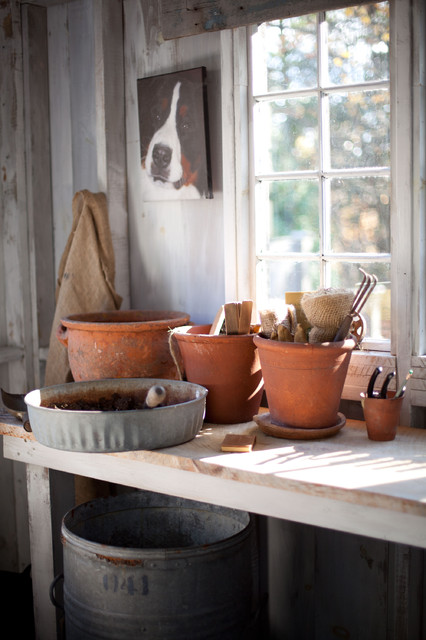
5. Labels and markers. Keep a stash of plant markers, a permanent marking pen and a sharpened pencil nearby to label plants and trays.
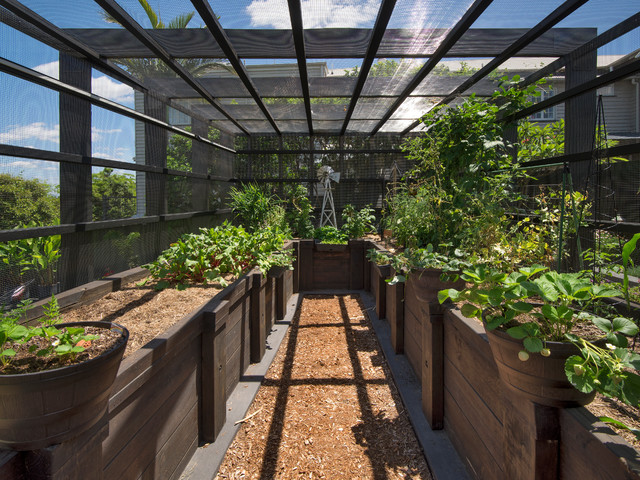
Note: Keep in mind that many insects are beneficial to a healthy garden
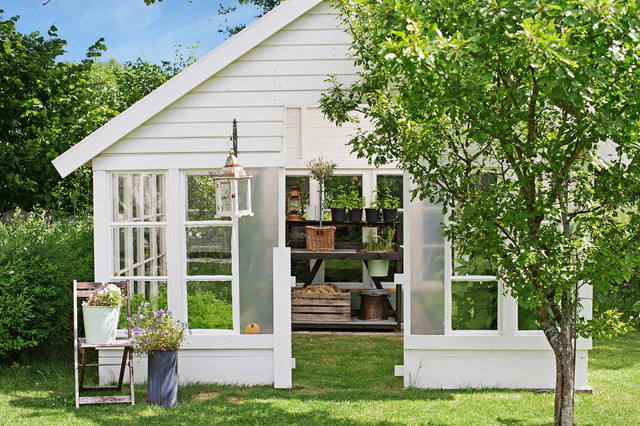
Many greenhouse manufacturers have ready-made shelves that are designed to work with their products. You can also work with a pro to build your own from materials you have around your home or that are available at home supply centers. Having a non-solid top will allow water to drain easily away from the plants.
If you’re working with plants, table or counter height is ideal. You can also mount narrower shelves higher up to keep lighter objects, such as tools, labels, markers and sprays, out of the way of the plants. Lower shelves are ideal for holding heavier objects such as soil mixes and storing larger pots and trays.


Look for hydraulic systems for these, which are easy to install and will open and shut automatically. If you have an easy way to access electricity, consider adding a fan as well.

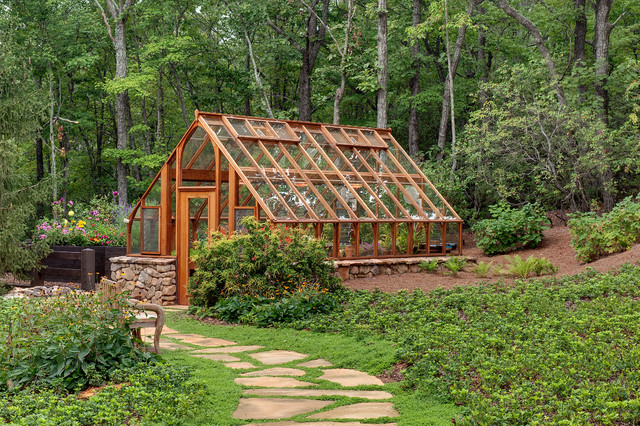
Your greenhouse can be as elaborate as you want, including turning it into a garden room. But, if you just want to move beyond the basics, here are some ways to start.
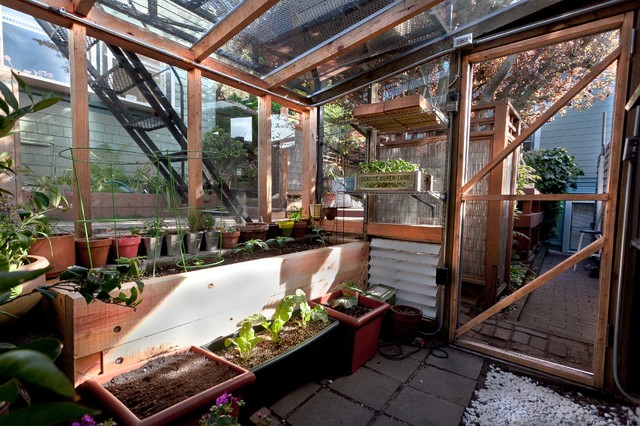
Include a sink. Having a sink nearby is a plus when it’s time to plant or transplant. A dry sink will give you a space to work, but you can also put in a full wet sink if you want to add plumbing.
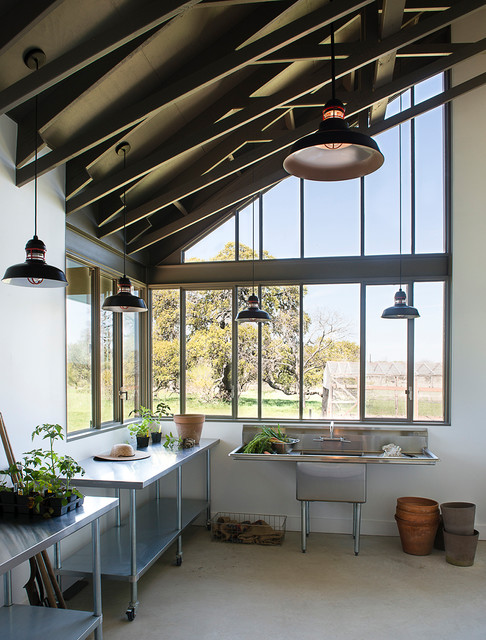
Add lighting. If you have access to electricity, consider adding some lights inside the space. Not only will it allow you to work later during the fall through spring months, it will also create a cheerful glow from inside the space.


The greenhouse provides the warmth and light. You need to provide the plants, something to grow them in, a place to put them and enough water, and you have to manage the temperature. Listed below are some basics to get you started.